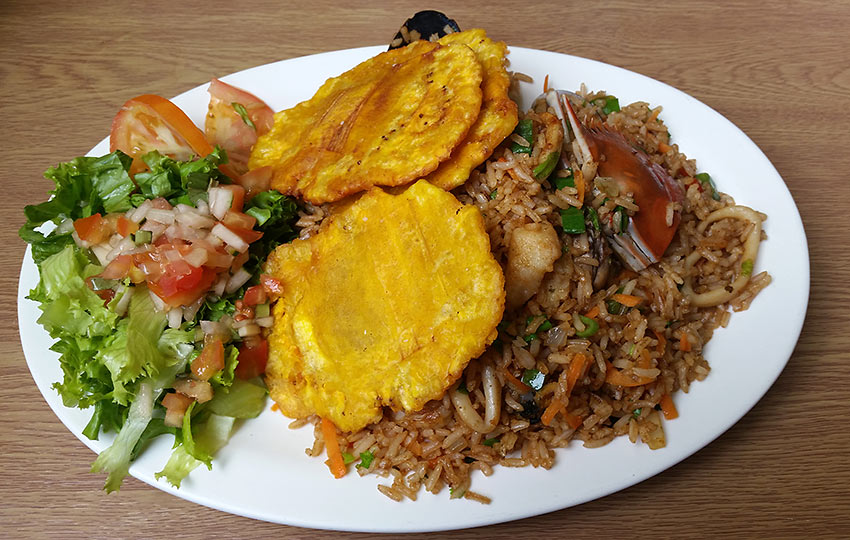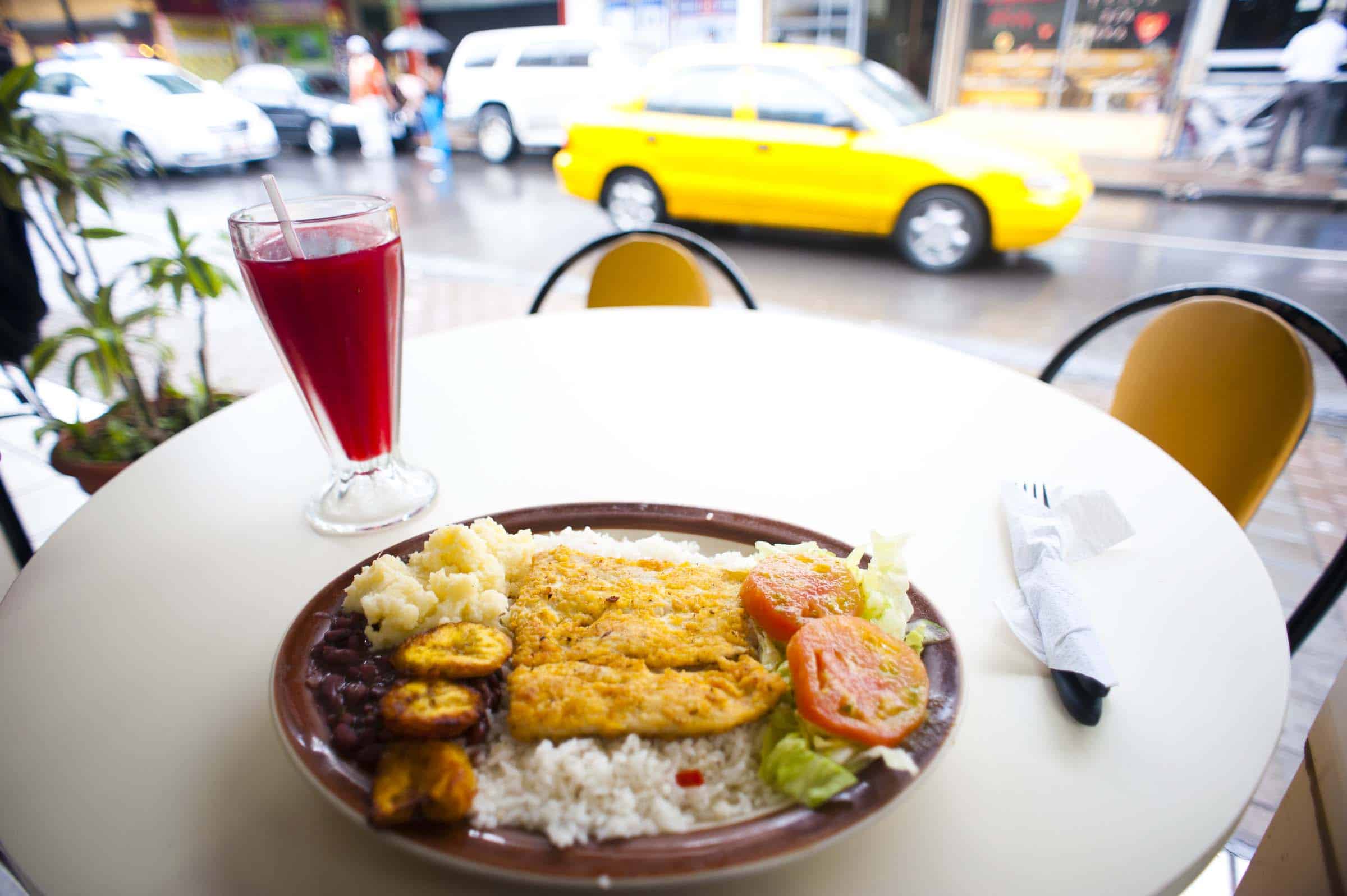I took the bus from San José to Manuel Antonio, a tiny beach town on the Pacific Coast. It was my first time traveling alone, and my first time experiencing a culture so different from my own.
The bus ride itself was an adventure. I sat next to a woman carrying a basket of chickens, and we bumped along winding mountain roads while Reggaeton music blared from the speakers. I was nervous, excited, and very aware of how far I was from home.
When I arrived in Manuel Antonio, I immediately felt the shift in pace. Life slowed down. Hammocks swung lazily between palm trees, and the warm, humid air wrapped around me like a hug. Every morning, I drank coffee on a balcony overlooking the ocean, listening to the calls of howler monkeys in the distance.
One of the first phrases I learned in Costa Rica was “Pura Vida.” Literally translated, it means “pure life,” but it’s used to express much more: a greeting, a farewell, a thank you, a way of saying everything’s good. It perfectly encapsulates the spirit of Costa Rica.
In Manuel Antonio, I spent my days hiking through the national park, where sloths lounged in trees and iguanas sunbathed on the paths. I swam in warm, turquoise water and watched sunsets so vibrant they didn’t seem real. In town, I ate fresh seafood and drank smoothies made from fruits I had never even heard of before.
Food in Costa Rica is simple, fresh, and delicious. A typical breakfast is gallo pinto — rice and beans stir-fried with spices, usually served with eggs and plantains. Lunch and dinner often revolve around a casado — a plate of rice, beans, salad, plantains, and meat or fish. The tropical fruits are out of this world: mangoes, papayas, bananas, and pineapples that taste a thousand times sweeter than anything back home.
What to Eat in Costa Rica

| Dish | Description |
|---|---|
| Gallo Pinto | Traditional breakfast of rice and beans with spices, usually served with eggs and tortillas. |
| Casado | A hearty meal with rice, beans, salad, plantains, and your choice of meat or fish. |
| Fried Plantains | Sweet plantains, often caramelized to perfection, served with meals. |
| Fresh Tropical Fruits | Locally grown mangoes, papayas, pineapples, and bananas, bursting with flavor. |
| Costa Rican Coffee | Famous rich coffee grown in volcanic soil, enjoyed throughout the day. |
But beyond the beautiful beaches and tasty food, what struck me most about Costa Rica was the people. Ticos, as Costa Ricans call themselves, are some of the friendliest, warmest people I’ve ever met. They seem to embody “Pura Vida” — not just as a phrase, but as a way of life.
They don’t rush. They don’t stress about the small stuff. They know how to enjoy life — really enjoy it — and they take the time to connect with others. I met so many people who went out of their way to help me: giving directions, offering rides, inviting me to share meals.
Traveling alone gave me the space to soak it all in. I had long conversations with strangers, spent hours just sitting on the beach, and learned to embrace uncertainty. I didn’t have a strict itinerary, and that turned out to be the best gift. I followed recommendations from locals, discovered hidden beaches, and learned that sometimes the best experiences are the ones you don’t plan for.
When it was time to leave Costa Rica, I didn’t feel ready. I had fallen in love — with the country, the people, and the feeling of living “Pura Vida.”
I promised myself I would carry a piece of that spirit home with me. Slow down. Smile more. Stress less. Appreciate the simple things.
Pura vida, Costa Rica. Thank you.
— A Seattle native, Ed Boitano has devoted 30-years of his life to writing about travel.
- Read Part 1 here or at Traveling Boy.
- Read Part 2 here or at Traveling Boy.






